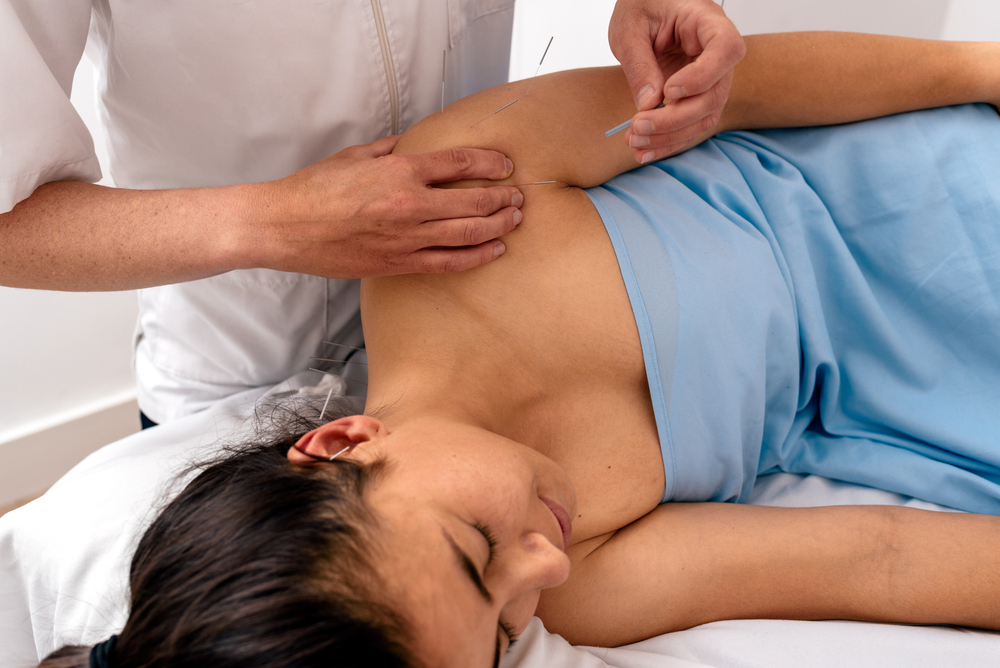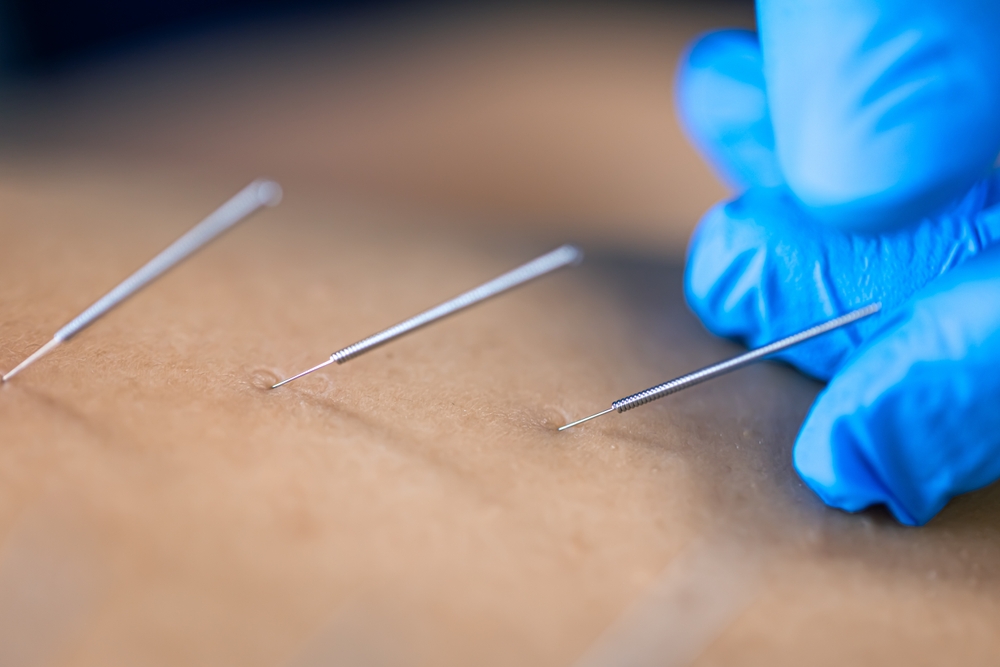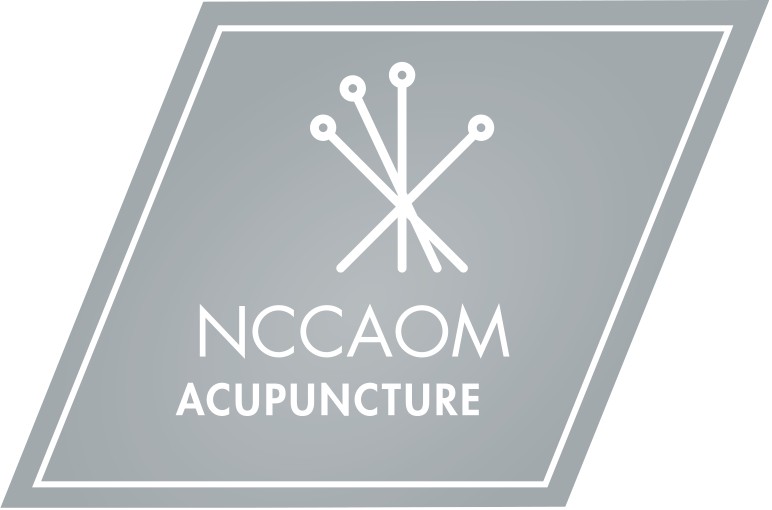Dry Needling IS Acupuncture!

A common misconception is that 'dry needling' is somehow different from acupuncture. People who believe this also often think that acupuncture is purely an energy medicine, and the associated needling is only for 'moving energy.' Neither of these ideas could be further from the truth.
The fact of the matter is that dry needling is a subset of acupuncture, traditionally called ‘ashi’ point needling. 'Ashi' means 'ouch' in Japanese, and refers the feeling when the painful spot is touched. For thousands of years, ashi point treatment has been an integral part of acupuncture for treating local pain. Its effectiveness was documented in ancient scripts and has been investigated in modern times by western medical science as well.
What Training is Required?
Washington state requires that physical therapists and chiropractors receive a minimum of 325 hours of training in order to be certified for dry needling.
In contrast, a Licensed Acupuncturist must normally graduate from at least a three or four year masters level program to qualify, which includes over 600 hours of clinical experience alone. In addition to the broad range of Chinese Medicine, the required curriculum covers biomedicine, anatomy, physiology, western pathology, biochemistry, and more.
Dry needling is just one of the many treatment approaches acupuncturists can specialize in. For example, fertility acupuncturists help patients get pregnant, and dermatology acupuncturists treat skin ailments. Orthopedic and sport medicine acupuncture treats musculoskeletal issues using so-called ‘dry needling,’ cupping, and traditional needling
How is Dry Needling Used?

As mentioned above, dry needling uses a subset of acupuncture techniques and is specifically intended to treat muskuloskeletal issues. Properly performed, it reduces pain and corrects biomechanical dysfunction. Dry needling is used to turn on inhibited muscles to restore healthy function.
Among the many potential benefits of dry needling are the following (note that the list is far from exclusive):
- Improves blood flow
- Reduces or blocks pain signals in the central nervous system
- Stimulates the release of pain killing hormones
- Promotes healthy organ function
- Relaxes the muscles and prevents painful spasms
- Restore chi to the injured tissue.
At Primal Tao Movement, dry needling is frequently paired with other therapies, such as cupping in order to maximize effectiveness and speed healing.
How was Dry Needling Developed?
Dry needling was originally inspired by the practice of orthopedic acupuncture married with modern physical medicine. And, as discussed earlier, the techniques are essentially the same as ashi point acupuncture. In fact, most of the early research used as evidence for dry needling was based on the impressive results of acupuncture studies on pain relief!
Acupuncture has been researched more than any other complementary medicine.
How did Dry Needling get its Name?

'Dry needling' refers to the solid 'dry' needles used in acupuncture. This is in contrast to the hollow 'wet' needles used for injections (aka hypodermic needles).
